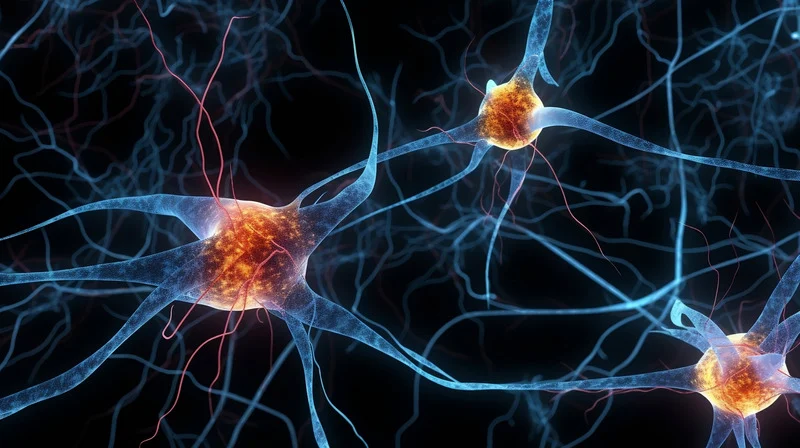
Photo from Canva
Unlike adults, infants’ neurons are largely unconnected, so during the first two years of life, babies are literally building their brains by creating trillions of connections between those neurons called synapses. This incredible process is called “synaptogenesis.”
Synapses are responsible for transmitting electrical and chemical signals to relay information throughout the brain and nervous system – and are themselves assembled into a vast number of networks that underlie all cognitive functions. These include sensory networks that facilitate vision, hearing, touch, taste, and smell; motor networks that control voluntary movement; language networks that support language acquisition and processing; a variety of other cognitive networks such as those responsible for attentiveness, problem-solving, memory, and executive function; and emotional/social networks that aid in managing emotions and social interaction.
By the end of the second year or so, the young brain will have almost doubled in size and entered a phase called neural pruning. This ‘use it or lose it’ process strengthens valuable connections through repetitive experience and eliminates unnecessary ones to ultimately create a more efficient brain. While synaptogenesis and neural pruning continue throughout life, they do so at vastly slower rates than occurs in a child’s first few years – making the environments and inputs that young children are exposed to of special importance.
